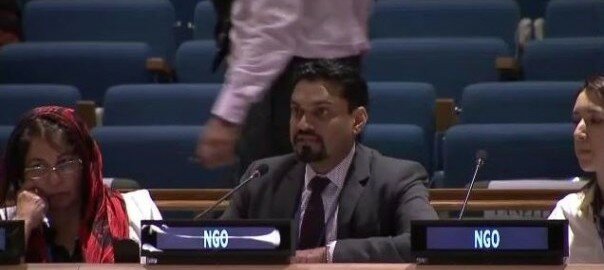The U.S. Congress just passed a federal budget that maintains critical funding to fight neglected tropical diseases (NTDs) in financial year (FY) 2016.
Thousands of END7 supporters wrote to the president and members of Congress this year to oppose cuts to the United States Agency for International Development’s (USAID) Neglected Tropical Disease Program. With its funding maintained for another year, the program will continue to deliver donated medicine to millions of people in more than 25 countries to control and eliminate the most common diseases of poverty.
For the fourth year in a row, President Obama had recommended significant cuts to the USAID NTD Program that would have threatened the progress to control and eliminate these diseases by 2020. This is the third consecutive year that Congress has increased funding over the president’s proposal, a testament to the bipartisan support for the highly successful NTD Program.
USAID’s NTD Program is a unique public-private partnership. Over the last 10 years, the United States has demonstrated exemplary leadership in increasing access to medicines to treat the seven most common NTDs, including ascariasis, trichuriasis, hookworm, schistosomiasis, lymphatic filariasis, trachoma and onchocerciasis. Robust funding and support from the U.S. government has been critical to leveraging more than $8.8 billion in NTD treatments donated by pharmaceutical companies. Moreover, the U.S. government’s strong commitment is critical to bringing other donors to the table, including governments of other G7 countries, and closing the global annual funding gap currently estimated at $220 million.
NTD control is one of the simplest and most cost-effective investments in global health and development. Investments in NTD programs have significant cross-cutting impact on other development efforts, including maternal and child health; nutrition; education; and water, sanitation and hygiene.
Strong commitment from the U.S. government and the generosity and compassion of the American people has enabled us to build on significant progress in eliminating these diseases as public health threats. With continued support in this fiscal year, we have the opportunity to control and eliminate many of the most common NTDs in a timetable measured by years, not decades.
Treating NTDs has huge impacts on the lives of those living in extreme poverty. Fewer people will go blind, fewer people will be disabled and disfigured and progress to control and eliminate the most common NTDs by 2020 will continue.


